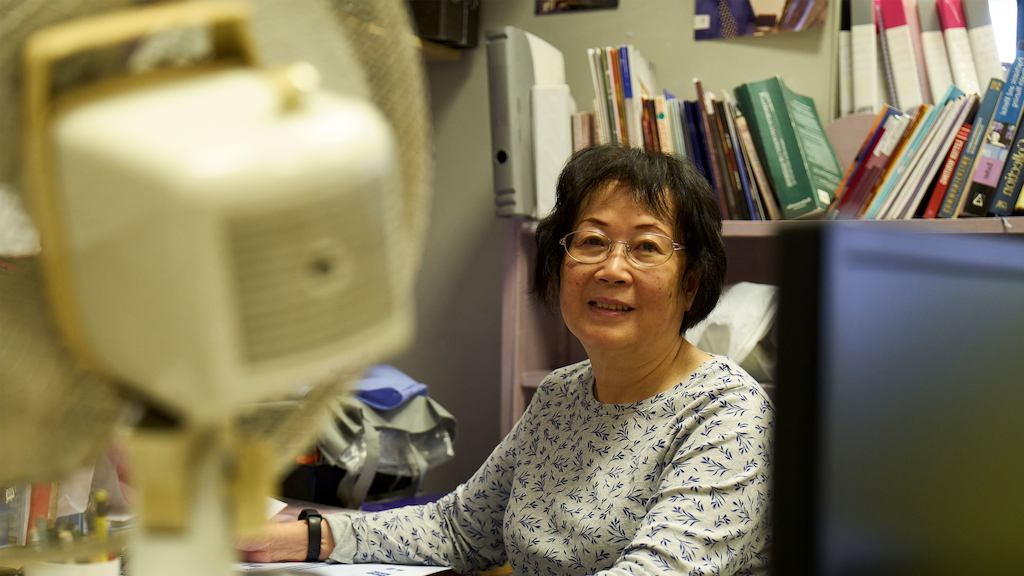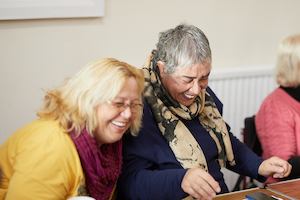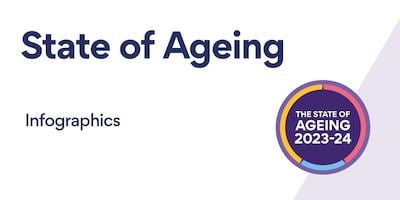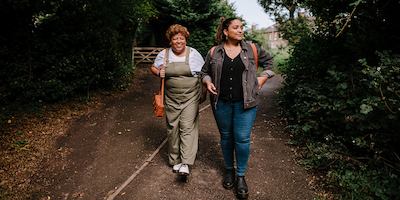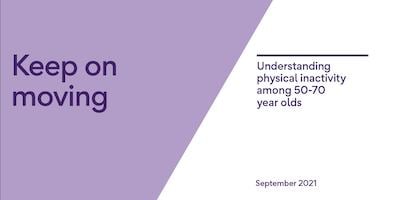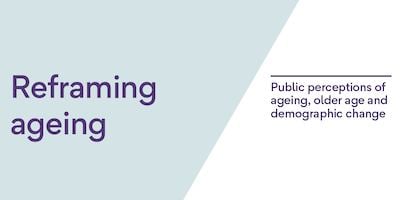The government’s 2025 Digital Inclusion Action Plan and the Women and Equalities Committee’s Rights of Older People report have acknowledged the critical challenge, and powerful opportunity, presented by this digital divide. They also acknowledge that not all groups experience the digital divide equally – while gaps have narrowed, older people, people on low incomes, and disabled people are still among those who are most likely to be digitally excluded.
The recently published 10 Year Health Plan for England places a strong emphasis on digital transformation- most notably through the expansion of the NHS App as the central access point for services. The plan must take care to align with the government’s stated goals on digital inclusion, or risk excluding the very people most likely to need healthcare support.
What needs to change?
We all risk digital exclusion as we age. Age-related impairments, unfamiliarity with new technologies, or the loss of workplace-based training mean that digital exclusion is a life course issue-not just one faced by others. But there are ways forward.
1. Design for everyone, not Just the digital native
Digital services must be built on universal design principles. This means offering large fonts and screen reader compatibility, but also ensuring that essential services-such as banking, ticketing, and healthcare-continue to offer offline options. A one-size-fits-all digital model simply doesn’t work.
2. Support digital skills that support real lives
We need to stop promoting digital skills for their own sake. Instead, help older people see how being online can support what matters most to them – whether that’s connecting with family, managing their health, or shopping for groceries. Practical, long-term support works better than short courses that don’t reflect real needs.
3. Invest in people and places that are already making a difference
Libraries, community centres and local hubs already reach people who are at greatest risk of exclusion. Digital inclusion should be key to community health and wellbeing offer and community groups should be empowered to embed digital help in broader social inclusion work.
4. Create affordable and accessible digital infrastructure
Affordability remains a major barrier. Owning or borrowing a device, and accessing a simple, affordable data plan, should be possible for everyone – regardless of postcode. That means ensuring rural and remote communities are not left behind.
5. Use co-production to build better solutions
We must develop services and digital solutions with older people. By embedding co-production in how we design digital tools and services, we can make sure they reflect the needs, preferences and experiences of those whose problems they’re intended to address.
6. Acknowledge that some won’t get online
While closing the digital skills gap is key, we must acknowledge that even with the best efforts there will be some people who choose not to get online and struggle with technology. We need to continue to provide options for everyone in offline format – including paper tickets and cash payment methods, retaining access to face-to-face or telephone contact for those that need it most.
